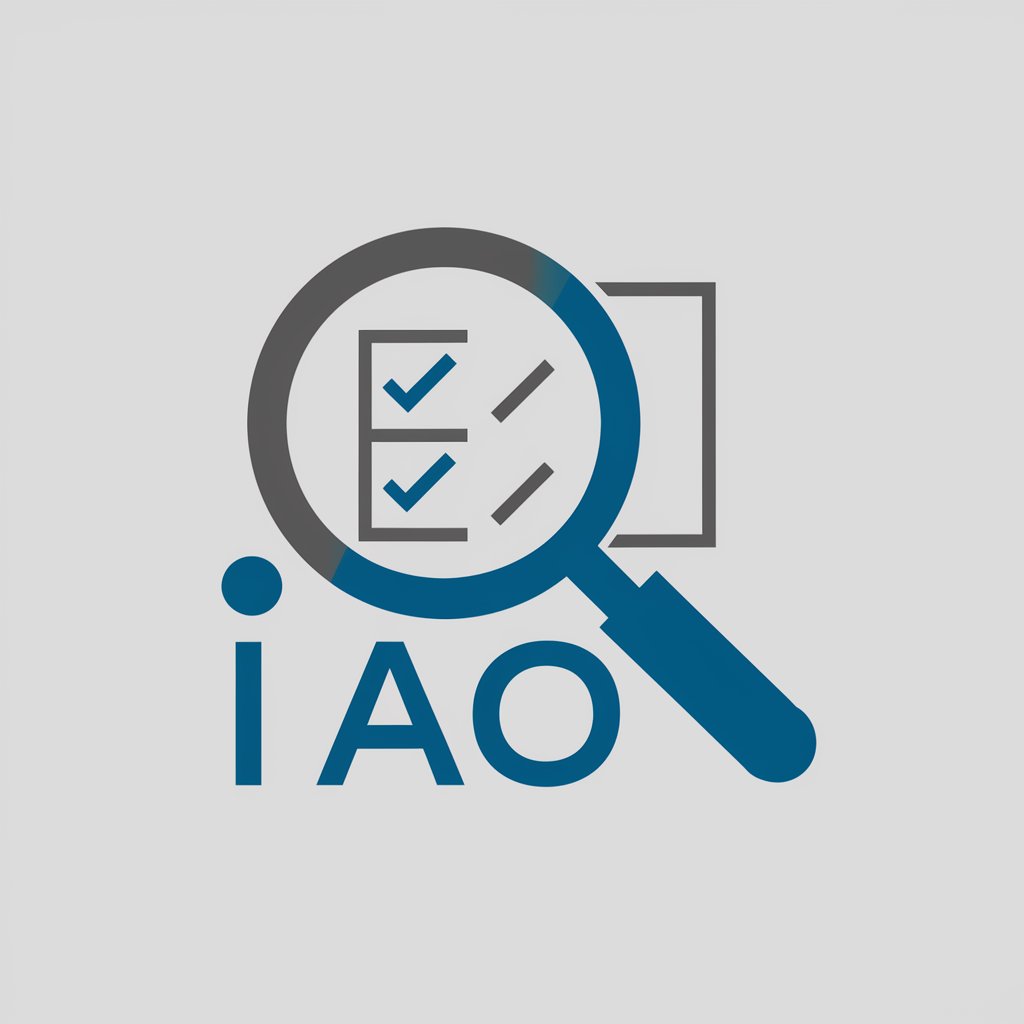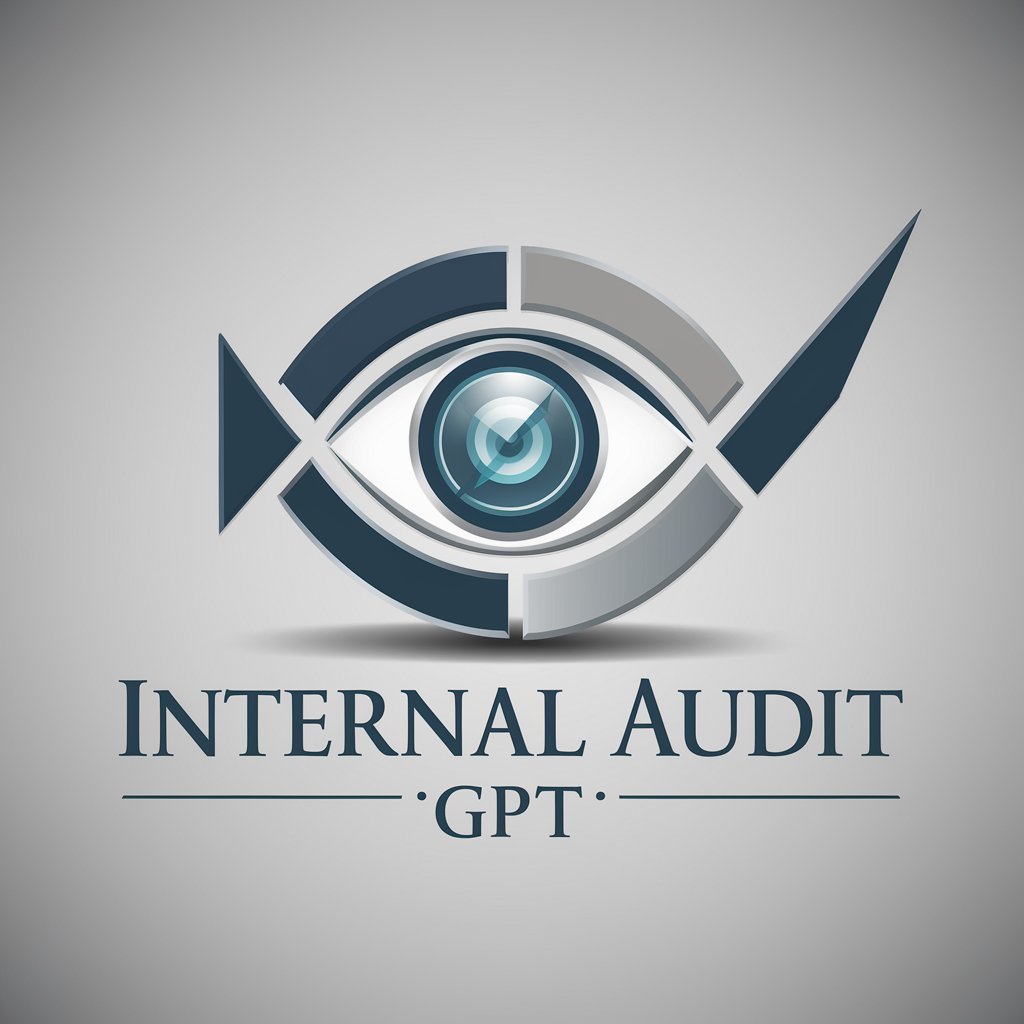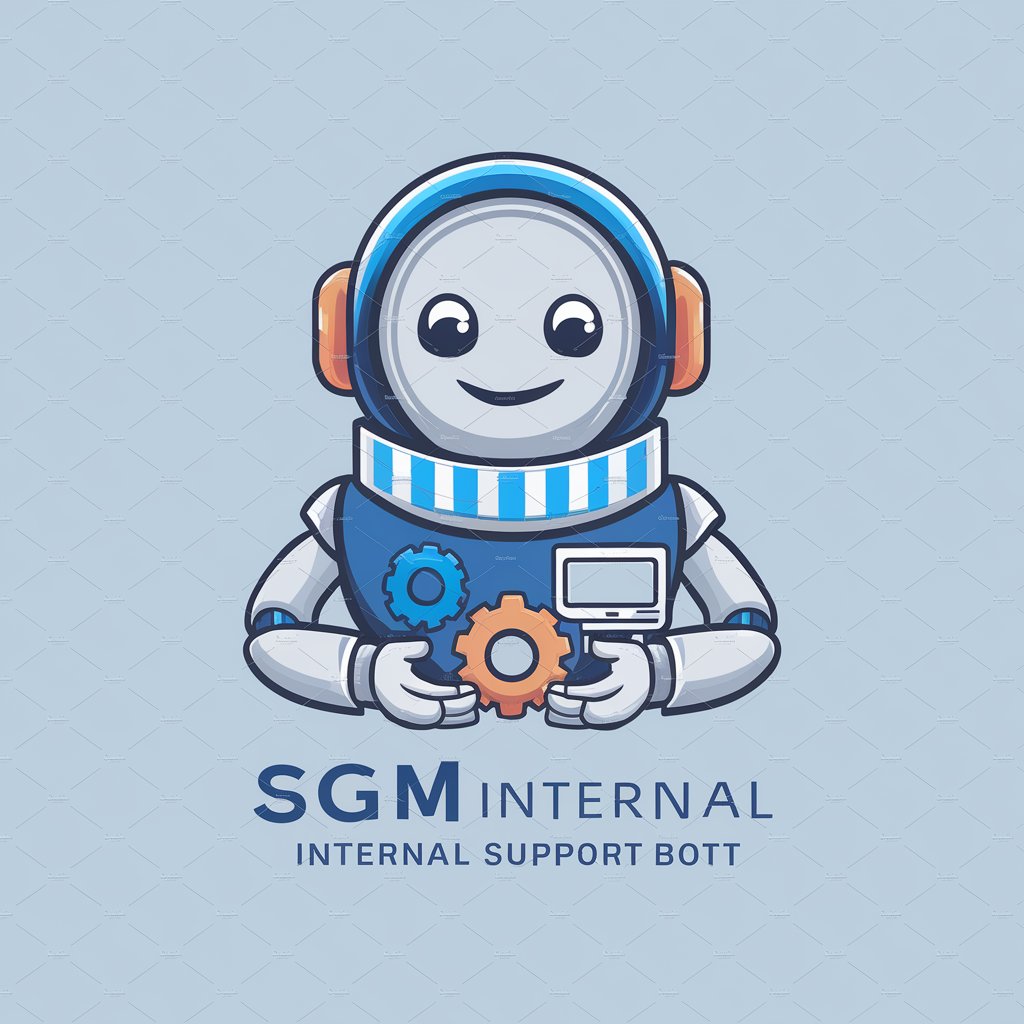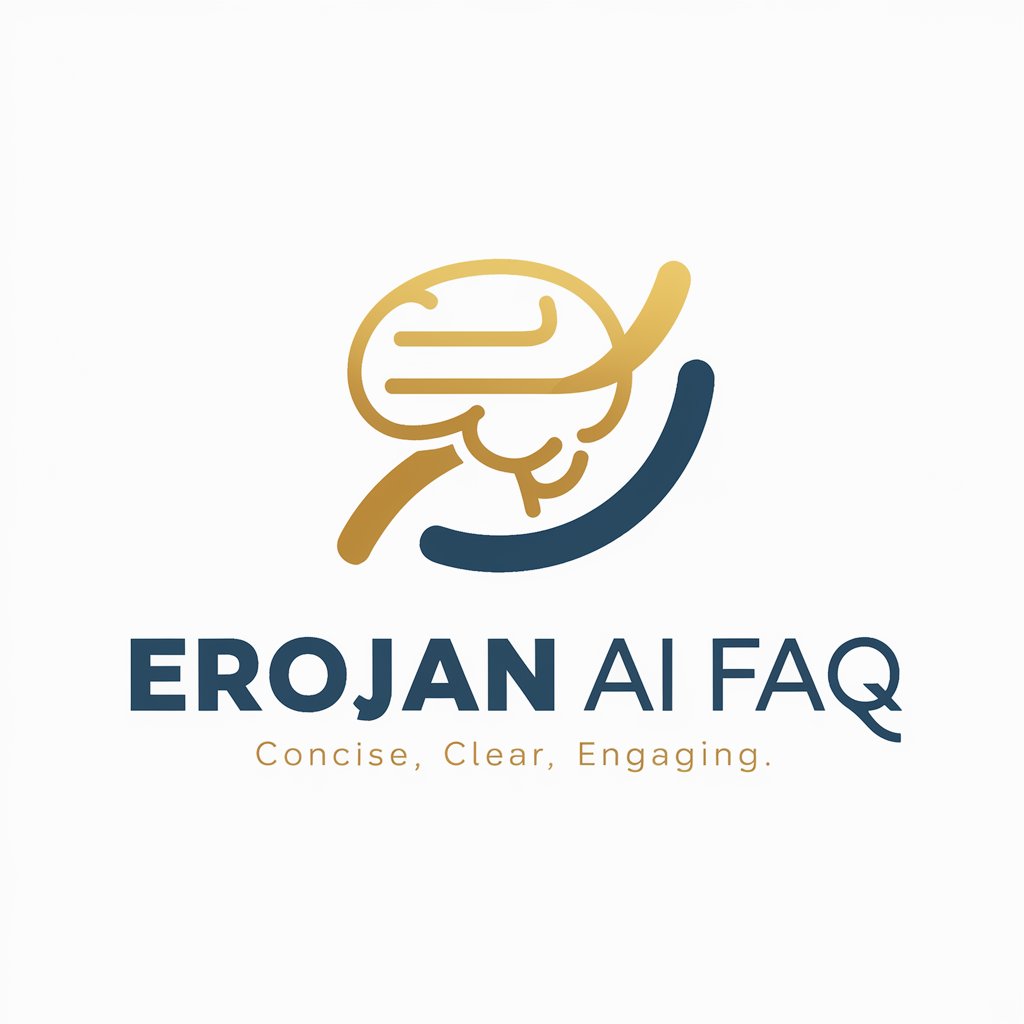
Drafting Internal Audit Observations - Audit Observation Tool

Welcome to Drafting Internal Audit Observations.
Elevate Auditing with AI Precision
Analyze the effectiveness of internal control systems by...
Evaluate the company's risk management processes focusing on...
Identify key areas for improvement in compliance by examining...
Assess the reliability of financial reporting systems by investigating...
Get Embed Code
Introduction to Drafting Internal Audit Observations
Drafting Internal Audit Observations is a specialized process designed to articulate findings from internal audit activities in a clear, concise, and actionable manner. Its primary purpose is to provide internal auditors and their stakeholders with a structured method to report on the effectiveness of an organization's internal controls, risk management, and governance processes. Through the identification of issues, risks, and recommendations for improvement, it aims to enhance organizational performance and compliance. For example, in an audit of the procurement process, an observation might detail instances where competitive bidding was not followed, highlighting risks of overpayment and lack of transparency. Powered by ChatGPT-4o。

Main Functions of Drafting Internal Audit Observations
Identification of Issues
Example
Identifying unauthorized expense claims in an audit of travel and entertainment expenses.
Scenario
An auditor reviews expense reports and identifies claims without required documentation or approval, indicating a lack of compliance with company policies.
Risk Assessment
Example
Assessing the risk associated with inadequate data protection measures in IT systems.
Scenario
During an IT audit, the auditor discovers that sensitive customer data is stored without encryption, posing a high risk to data security and privacy.
Recommendation for Improvement
Example
Recommending the implementation of a continuous monitoring tool for financial transactions.
Scenario
After observing frequent errors in manual financial reporting processes, the auditor suggests adopting automated tools to enhance accuracy and efficiency.
Ideal Users of Drafting Internal Audit Observations Services
Internal Auditors
Professionals responsible for evaluating and improving the effectiveness of governance, risk management, and control processes within organizations. They benefit from using these services by obtaining a standardized format and approach to document audit findings, facilitating clear communication with management and audit committees.
Audit Committees
Groups of directors responsible for oversight of the audit and financial reporting processes. They utilize the observations to understand the risks and control issues within the organization, aiding in informed decision-making and oversight.
Management Teams
Senior executives and department heads who are responsible for implementing corrective actions based on audit findings. They benefit from receiving detailed, actionable observations that outline specific areas of concern and suggested improvements to enhance operational effectiveness and compliance.

How to Use Drafting Internal Audit Observations
1
Start by visiting yeschat.ai for a hassle-free trial, allowing immediate access without needing to sign up or subscribe to any advanced plans.
2
Familiarize yourself with the tool's interface and features by exploring the provided templates and guidance on internal audit observations.
3
Input your specific audit findings, including background, criteria, risks, and recommendations, into the designated sections for comprehensive analysis.
4
Utilize the AI's suggestions to refine your observations, ensuring they are clear, concise, and relevant to the stakeholders' needs.
5
Review and edit the generated audit observation report, tailoring the final output to meet your organization's specific requirements and standards.
Try other advanced and practical GPTs
Internal Echoes VHS
Crafting Your Inner Visions into Anime Art

Internal Audit GPT
Elevating Audits with AI Precision

Internal Dashboard Wiz
Empower your data with AI-driven dashboards.

SGM Internal Support Bot
Streamlining Website Management with AI

HKC Internal Service
Empowering HKC with AI Insight

Internal Developer Platform GPT
Empowering IDP with AI expertise

Bot của Eros
Empower Your Creativity with AI

Master dei Piccoli Eroi
Bringing Stories to Life with AI

Erojan AI FAQ
Instant Answers, Endless Possibilities

Eros
Empowering men in love and life with AI.

German communicator
AI-powered German language mastery.

EROS
Discover Yourself with AI

FAQs about Drafting Internal Audit Observations
What is Drafting Internal Audit Observations?
Drafting Internal Audit Observations is an AI-powered tool designed to assist auditors in creating detailed and precise internal audit reports by analyzing input data and generating structured observations.
Can Drafting Internal Audit Observations handle complex audit data?
Yes, the tool is capable of analyzing complex audit data, identifying key findings, risks, and providing actionable recommendations, thereby streamlining the audit reporting process.
Is previous auditing experience required to use this tool effectively?
While previous auditing experience is beneficial for inputting quality data, the tool provides guidance and templates that can assist users with varying levels of experience.
How does this tool ensure the confidentiality of audit data?
Drafting Internal Audit Observations employs robust security measures to protect data confidentiality, ensuring that user inputs and generated reports remain secure and private.
Can the tool be customized for different auditing standards?
Yes, it offers flexibility in adhering to various internal and global auditing standards, allowing users to customize reports according to specific regulatory requirements and organizational policies.
